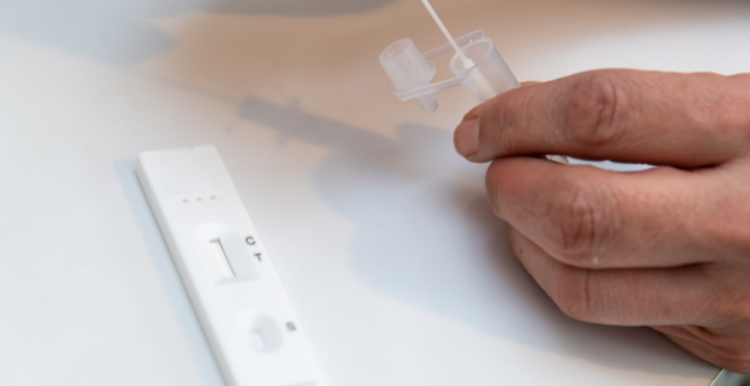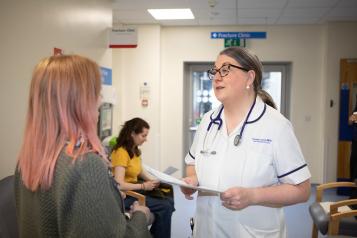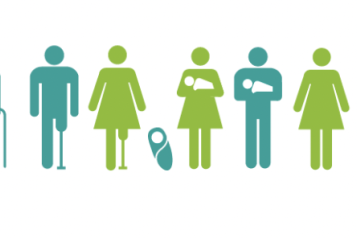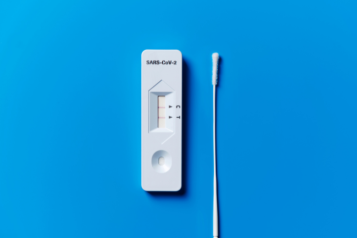What do the new government guidelines mean for COVID-19 testing?

To check the latest Government guidance please visit Gov.uk.
There are different tests you can get to check if you have coronavirus (COVID-19). The test you need depends on why you're getting tested.
The two main tests are:
- PCR tests – mainly for people with symptoms, they're sent to a lab to be checked
- Rapid lateral flow tests – these are usually for people who do not have symptoms. These tests give you a quick result using a device similar to a pregnancy test
Tests are currently free until 1 April 2022. Find out where to get a free lateral flow test in Greenwich until then.
Which test do I need if I have COVID-19 symptoms?
You will need a PCR (polymerase chain reaction) test if you have at least one of these three coronavirus (COVID-19) symptoms:
- a high temperature
- a new, continuous cough
- you’ve lost your sense of smell or taste or it’s changed
Or...
- you’ve been in contact with someone who’s tested positive
- you’ve been asked to get a test by a local council or contact tracers
- a GP or other health professional has asked you to get a test
- you’ve been asked to get a test to confirm a positive result
- you need to get a test for someone you live with who has symptoms
If you come under any of the point above, book a visit to a test site to have the test today. Test sites are open 7 days a week.
Order a home test kit if you cannot get to a test site.
What happens if I want to get tested for COVID-19 from April?
Free lateral flow tests (LFTs) won't be available after 1 April, except for the over-75s and over-12s with weakened immune systems and social care workers and NHS staff. Everyone else will have to buy a test from pharmacists or other retailers.
Further details of all of the ‘at risk’ groups that can still get free tests will be announced in March 2022.
I've tested positive for COVID-19 through my rapid lateral flow test - what do I do next?
Anyone who receives a positive lateral flow test result should still report their result on GOV.UK.
If you get a positive lateral flow test result, you do not usually need to get a follow-up PCR test. You should only get a follow-up PCR test if:
- You’re eligible for new COVID-19 treatments
- You’re asked to do so as part of research
By law, you do not need to self-isolate. However, government guidance recommends that those who test positive stay at home and avoid contact with others for at least five full days.
If you're eligible for new COVID-19 treatments
If you're eligible for new COVID-19 treatments, you should be sent a PCR test to use if you have symptoms. If you do not have a PCR test at home, you can use a rapid lateral flow test.
Find out how to get a test to check if you're eligible for new COVID-19 treatments.
If you live with or have been in contact with someone who's tested positive
Recent government guidelines outline that you're no longer advised to do daily rapid lateral flow tests after you've come into contact with someone who has COVID-19.
If you live with or have stayed overnight in the household of someone who has the virus, you should follow the advice for close contacts of people with COVID-19 on GOV.UK.
If you've had contact with someone with COVID-19 but do not live with them or have not stayed overnight in their household, follow the guidance on how to stay safe and prevent the spread of COVID-19.
Travelling abroad from England or returning
You may need to take a test before, during and after your trip.
Visit the government website to check the guidance on specific countries and their requirements to enter.
Find out more about:
• Travelling abroad from England during COVID-19
• What you need to do when you return to England
Don’t forget, when travelling abroad you’ll need to pay for a test yourself. You cannot use a free test from the NHS.
Find out about private providers of COVID-19 testing.


